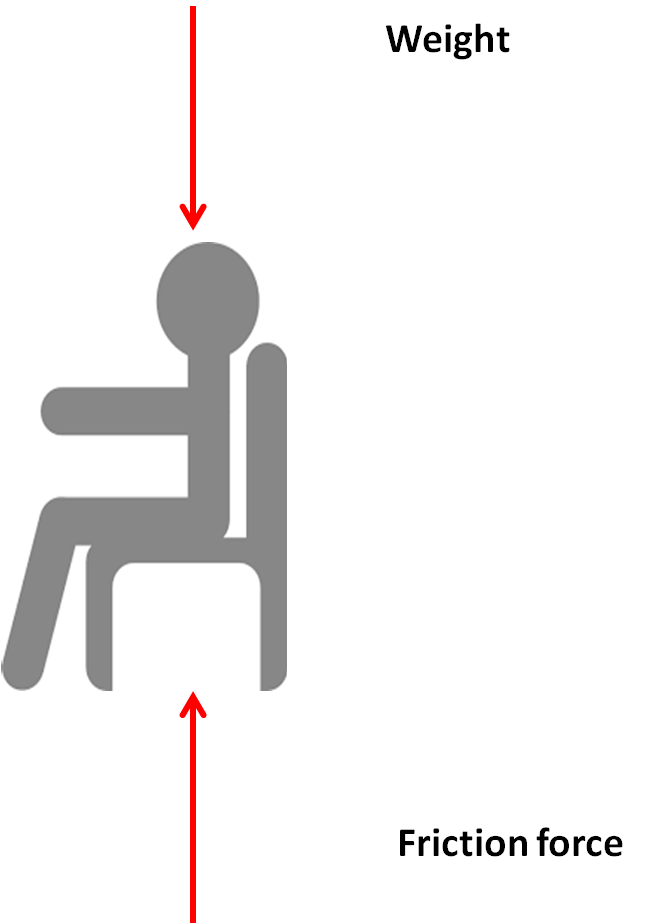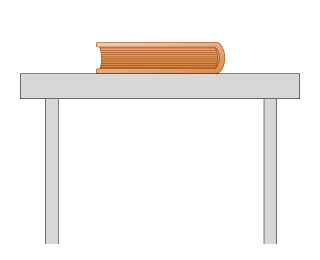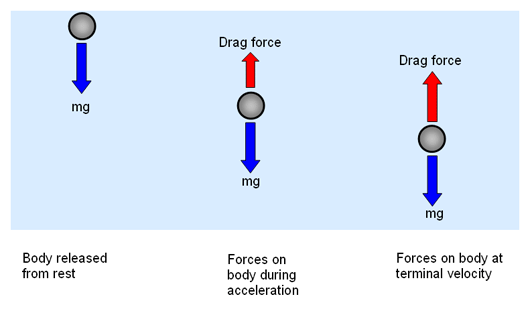Force
11SCI - Mechanics
Finn Le Sueur
2024
Mahi Tuatahi
Brainstorm situations where force is involved, things that cause force and how it can be used in a Physics context on the board!
Defining Force
Force is push, pull, friction, thrust etc. and is measured in Newtons (N).
Forces have a size (1, 2, 3, 4) and a direction (left, right, up, down, \(40^{\circ}\)).
Glue your types of forces sheet into your book!
Pātai: How Forces Act
Consider sitting on your seat. What forces are acting upon you?
Draw a diagram and illustrate the forces acting upon you.

Force Diagrams
- Represent yourself as a box. Always.
- Label your center of mass as a dot.
- Draw forces as arrows
- Longer arrows indicate more force
- Arrow should start from the center of mass
- Arrow points in the direction the force is acting
- Arrows should be labelled. E.g. A push force might be \(F_{p}\)
- Arrows should be labelled with their numerical value when known. E.g. \(F_{p} = 120N\)
- Equally sized forces can be indicated with a slash through the lines
Pātai: How Forces Act - Improved!
Draw an improved force diagram of all the forces acting upon you.

Balanced Forces
Think and discuss with the people around you:
Sitting on your chair, are the forces acting on you balanced or unbalanced? How do you know? What does it feel like?
Balanced Forces
- If a force is balanced, the object is in equilibrium and does not accelerate
- If the forces are unbalanced, the object is not in equilibrium and does accelerate
For each situation, determine if the forces are balanced or unbalanced, what the net force is, and in what direction the van is accelerating (if any).


Mahi Tuatahi
Sketch these diagrams in your book and find the net force in the horizontal and vertical directions.

Vertical and Horizontal Forces
- Vertical and horizontal forces are separate. They do not affect each other.
- Forces can only cancel each other out when they are in opposite directions.
sciPAD Page 33-35
Use the sciPad answers on Google Classroom to check your work once done!
Force & Weight
\[ \begin{aligned} Force &= mass \times accel. \cr F &= m \times a \cr\cr &= kg \times ms^{-2} \cr &= kgms^{-2} \cr & = N \end{aligned} \]
- Force acting upon a mass will create an
acceleration
- Gravity (acceleration) acting upon mass (you) is felt as a force (weight)
- Weight is a force. Gravity is an acceleration.
Weight vs Mass
| Mass | Weight |
|---|---|
| The amount of matter in something. | The force matter feels due to gravity. |
| Measured in \(kgs\) | Measured in Newtons (N) |
| Is constant | Changes with acceleration/gravity |
| Cannot be measured directly | Can be measured using a scale |
Mahi Tuatahi
Complete the questions on the last page of the worksheet from last period!
Your Weight
- The acceleration due to gravity on Earth is \(10\frac{m}{s^{2}}\).
- Objects fall at different rates due to friction/drag. This reduces the net force, and thus acceleration experienced.
- Calculate your weight on Earth using \(F=ma\)
- Use this website to visualise your weight on other planets: https://exploratorium.edu/ronh/weight/
Task
- sciPAD page 34
- sciPAD page 36
- Use the QR code at the back to find the answers and mark your work!
Net Force
- Net force is the resultant force in the x and y directions
- If the forces are equal and opposite, there is zero net force
- If there is zero net force, acceleration is zero
- We cannot know if the object is stationary or moving at a constant velocity without more information from the question
Terminal Velocity
- Friction forces increase as the velocity of an object increases
- When friction and weight forces are balanced, the object stops accelerating
- This is terminal velocity!

Terminal Velocity
- The object starts from rest at the top of the jump
- Its velocity increases due to the acceleration due to gravity (weight force)
- The friction force (drag) increases with velocity until they become balanced
- The velocity becomes constant

Task
Question 18 and then Question 19 from the mahi kāinga booklet
Mahi Tuatahi
- Do you recall \(v=\frac{d}{t}\)? calculate the velocity of a cyclist that travels \(100m\) in \(15s\).
- What is the difference between mass and weight?
- Calculate the weight of a \(1.5kg\) mass on Earth.
- After \(10s\) a runner has accelerated from rest to \(3m/s\)
L16: Mahi Kāinga Booklet Q19
- To answer this question, carefully read the question and the things that you should include in your answer.
- A good way to structure it would be for each point:
- Draw a force diagram
- Explain the forces (net force, balanced, unbalanced, horizontal, vertical)
- Explain the acceleration of the rocket due to the forces, and thus its speed
- Explain what is causing friction, and the relative size of those friction forces
Mahi Kāinga Booklet Q20
- Right is constant velocity, left is moving to the left but slowing down.
- For each bird:
- Describe the net force (balanced, unbalanced, direction)
- Relate this to the acceleration of the bird and therefore the velocity